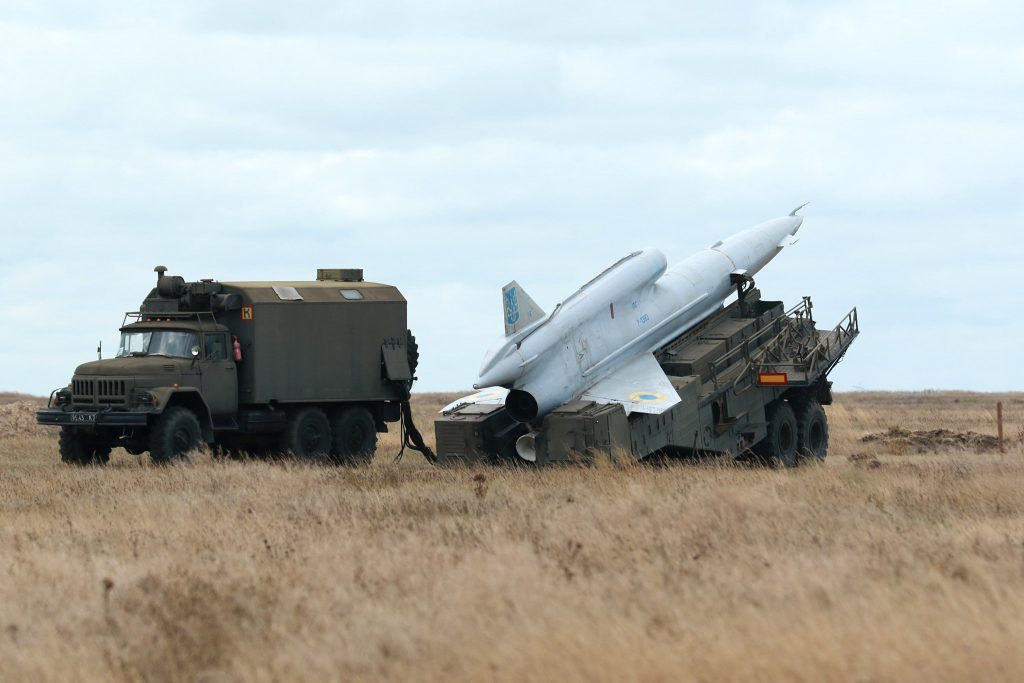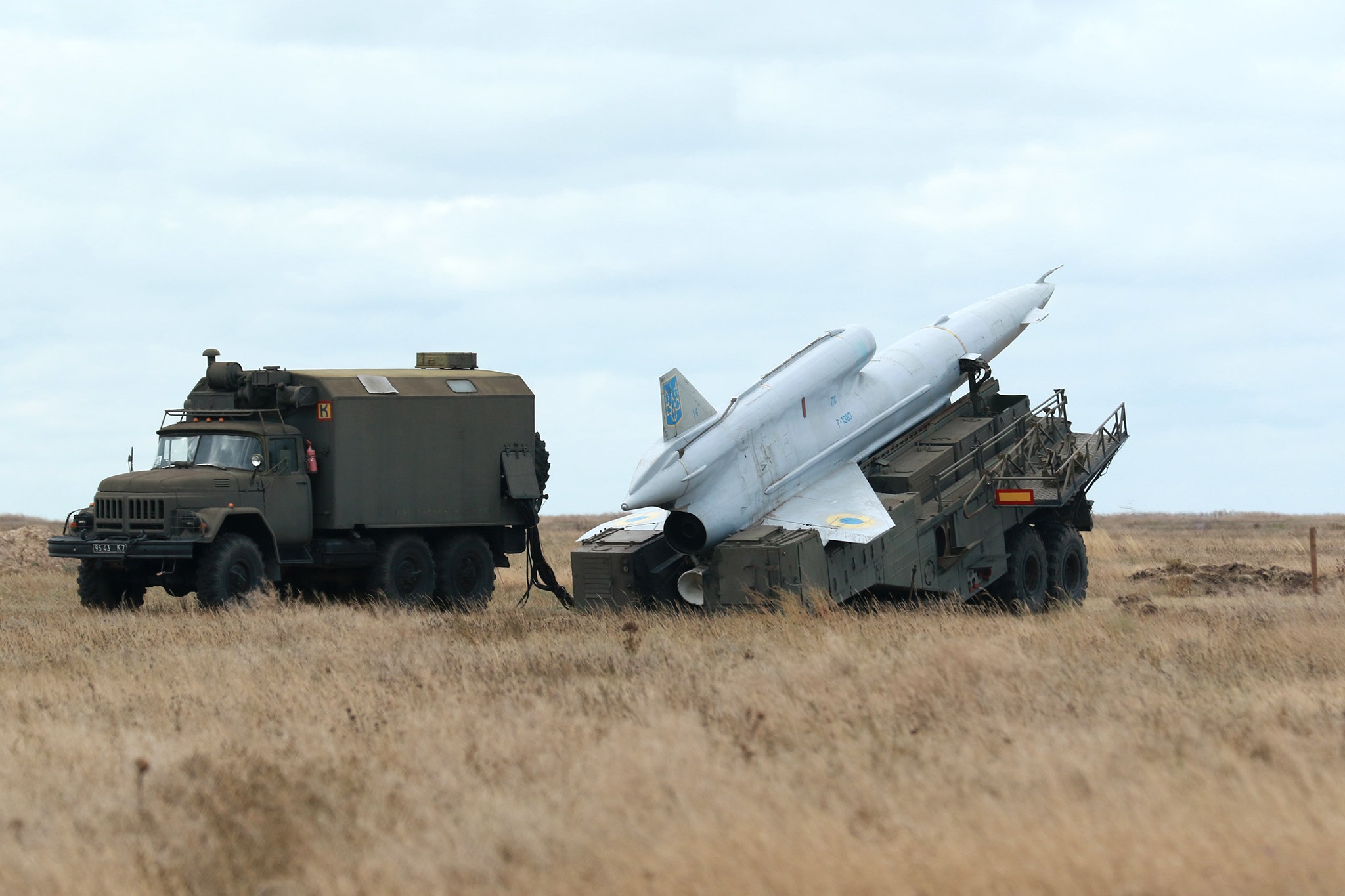
Reports confirm that the Russian Air Force has operationalized an advanced Iranian unmanned aerial vehicle (UAV) within the Ukrainian theater for combat purposes. Evidence of the deployment surfaced on January 8, with social media imagery depicting the aftermath of a Shahed-238 drone strike against a Ukrainian target. The Shahed-238, distinguishable from its predecessor, the propeller-driven Shahed-136, incorporates a notable small jet turbine, enhancing its operational capabilities.
Initially unveiled to the public on November 19 at an aerospace exhibition hosted by the Iranian Revolutionary Guard Corps, the Shahed-238 introduces a broader spectrum of navigational capabilities. Its jet turbine engine facilitates swifter destination reach, reducing reaction times and complicating interception efforts. The drone’s versatility is evident in the exhibition, where three variants were showcased, each featuring unique navigational enhancements tailored for diverse target types. Notably, one variant was equipped with an anti-radiation seeker, designating the drone for air defense suppression missions.
The revelation of the Shahed-238 preceded a series of limited strikes by the Hezbollah militia, aligned with Iran, on the Israeli Iron Dome air defense systems. This highlighted the utility of the drone not only for Russia’s extra-regional interests but also for strategic partners in the Middle East.
The Shahed-136 initially entered Ukrainian combat zones in September 2022, becoming Russia’s primary precision-strike asset along the frontlines after substantial deliveries by Iranian military-associated aircraft. Characterized as one-time-use aircraft, these drones served as Russia’s primary precision-striking mechanism, combining features of an unmanned aircraft and a cruise missile, earning monikers such as ‘kamikaze’ or ‘suicide’ drones.
During a recent escalation, Ukrainian air defenses faced depletion, enabling Russian missile and airstrikes on December 29 and December 31 to significantly reduce the interception capability of Ukrainian troops. In response, Russia initiated the licensed assembly of Shahed-136 drones in 2023, concurrently importing units from Iran to augment the wartime assault capacity of Russian forces.
The aircraft utilized by the Russian Armed Forces has been designated Geran-2. Although the Shahed-238, a more recent addition, has seen limited use, its primary role is anticipated to be in the suppression of air defenses.
A significant concern surrounding the Shahed-238 revolves around the use of jet engines, leading to an elevated infrared signature. This raises questions about whether the speed advantage it gains is offset by an increased vulnerability to adversary air defenses, such as those employed by Ukraine or Israel.
Speculations indicate the use of TJ100 turbojet engines in these drones. While less efficient than their turbofan counterparts, these engines offer cost-effectiveness and simplicity in design, aligning well with the characteristics of a low-cost, single-use drone. Despite these advantages, the Shahed-238 is expected to incur nearly double the cost, primarily attributed to the substantial cost gap between propeller and jet engines. This cost disparity suggests a potential orientation of the aircraft towards export to Russia, a nation with more stringent requirements and a larger budget for such assets. Additionally, these drones are likely earmarked for high-priority targets or those better shielded by Ukrainian air defenses.
By the conclusion of 2022, both domestic and Western sources reported a significant depletion of Ukrainian surface-to-air missiles, hampering their ability to launch two missiles per target—an established practice for ensuring a high kill probability.
The Shahed-238, with its anticipated higher survivability rate, could expedite the erosion of Ukraine’s air defenses by necessitating more missiles per target or compelling Ukrainian units to conserve their missiles during attacks. The drones, equipped with the capability to pinpoint remaining Ukrainian air defense positions, present a substantial and menacing threat. The current utilization of Shahed-238 drones appears to be on a trial basis, possibly paving the way for broader acquisitions or, less likely, another license production agreement.
Amid escalating Russian missile and air strikes, the deployment of a fast, single-use drone model adds to the mounting pressure on Ukrainian forces grappling with dwindling firepower and acute shortages of munitions.





